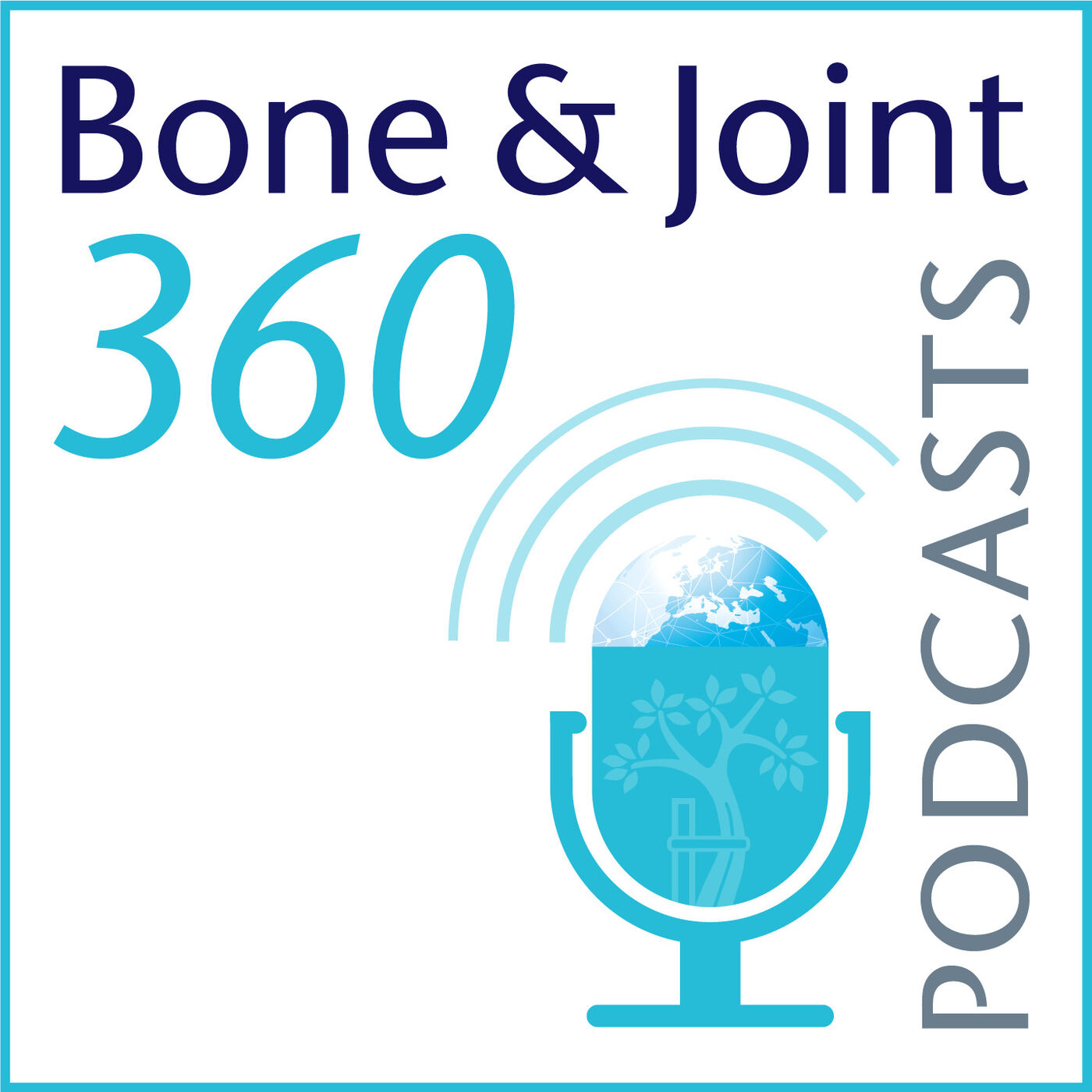What if a health system could be massive and still feel local to every patient it serves? We sit down with Dr. MaCalus Hogan, chair of orthopedic surgery at UPMC, to unpack how a hybrid model—academic, community-employed, and private partners—can deliver scale without sameness. Dr. Hogan shares the leadership habits that shaped his path (mentorship, humility, listening first) and how those habits translate into practical decisions that align surgeons, hospitals, and health plans around value.
We pull back the curtain on horizontal integration—building trust and shared standards across regions—before moving into vertical integration that connects financing, bundles, post-acute care, and data. Dr. Hogan explains how UPMC leveraged CJR-era lessons to create surgeon-built programs for quality and cost, mirrored within a 4M+ member health plan. Expect clear insights on center-of-excellence designations, optimizing post-acute spend, and the realities of TEAMS participation. We also dig into consolidation with eyes wide open: comparing contracts, unlocking economies of scale, and reinvesting savings into community access points like ambulatory surgery centers and subspecialty services where patients actually live.
Looking 15–20 years ahead, Dr. Hogan argues the big will get bigger, but winners will collaborate, not copy-and-paste. Markets differ, payer mixes shift, and culture matters. The future favors systems that listen locally and act decisively—standardizing where it helps, flexing where it counts. If you care about orthopedic leadership, bundles, payer alignment, and how to grow without breaking what works, this conversation offers a grounded playbook.
Enjoy the episode? Follow, share with a colleague, and leave a review with your biggest takeaway—what’s one integration move your market needs next?



